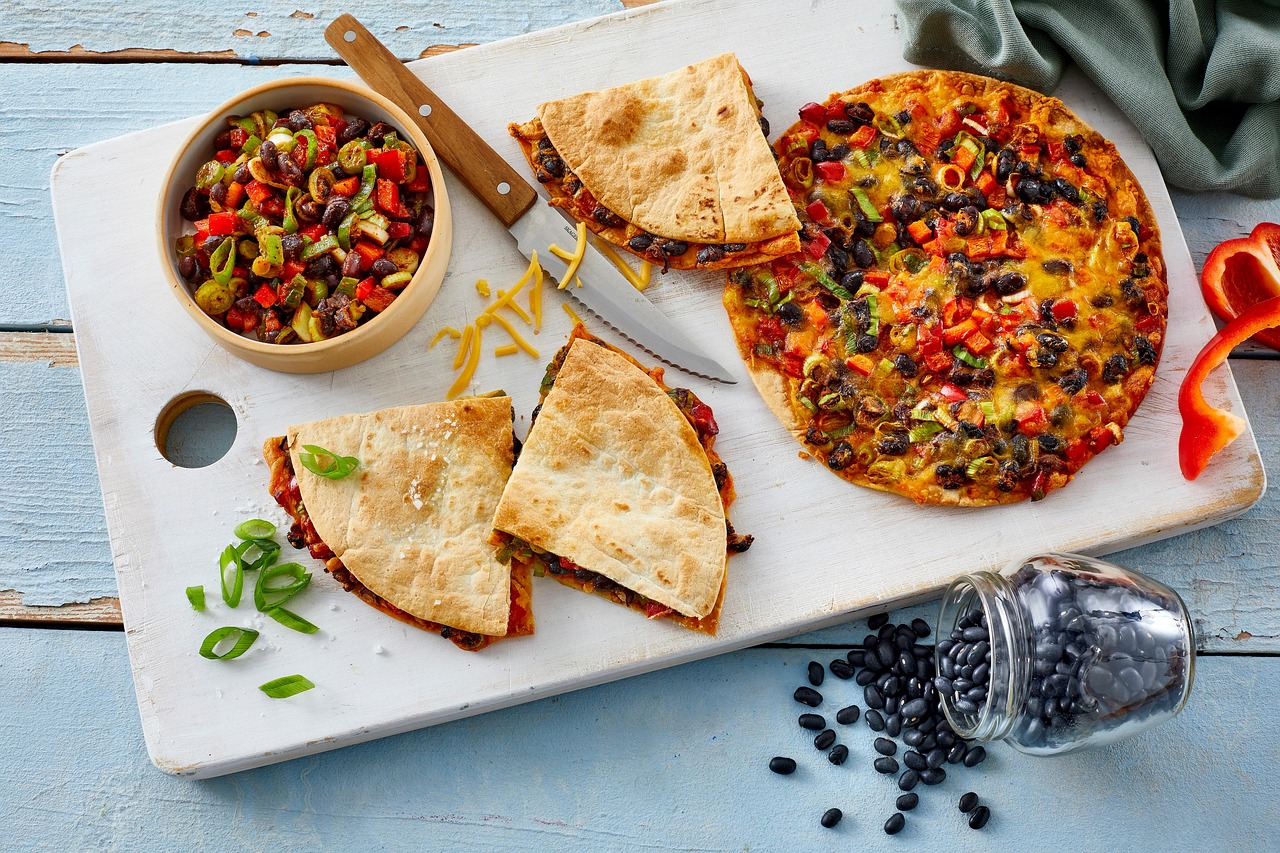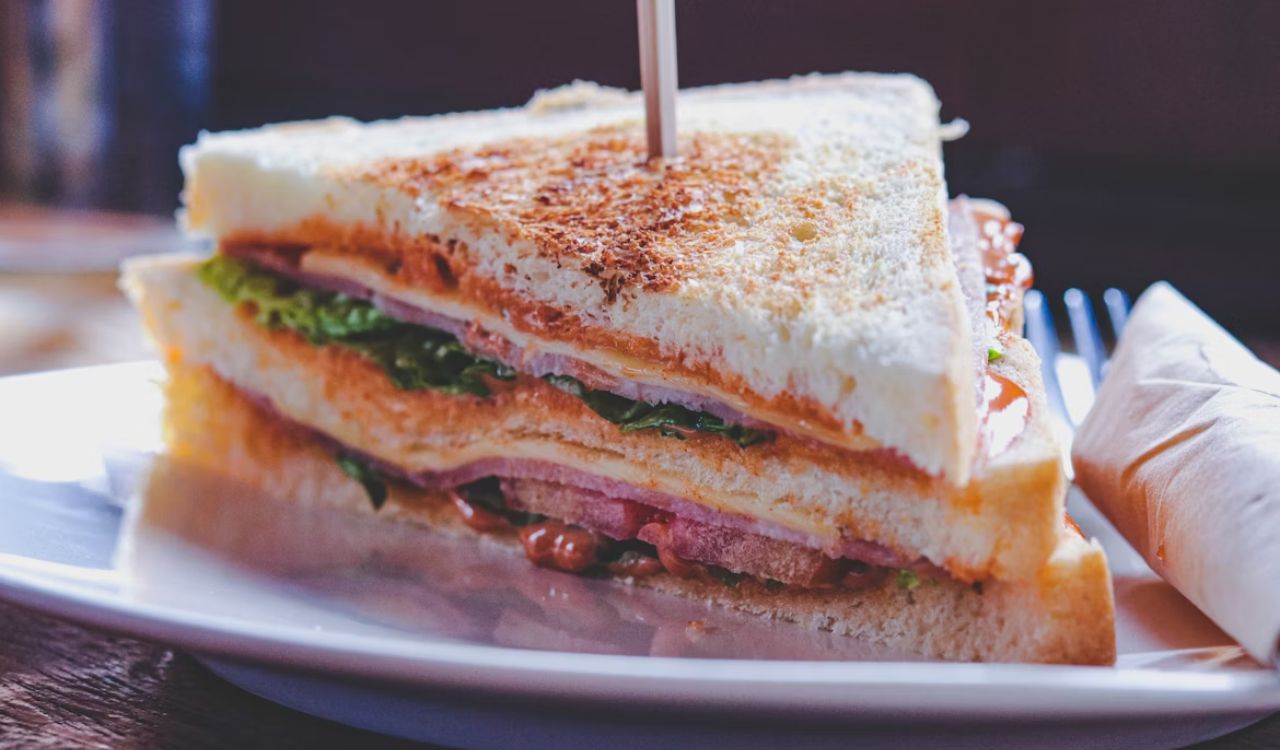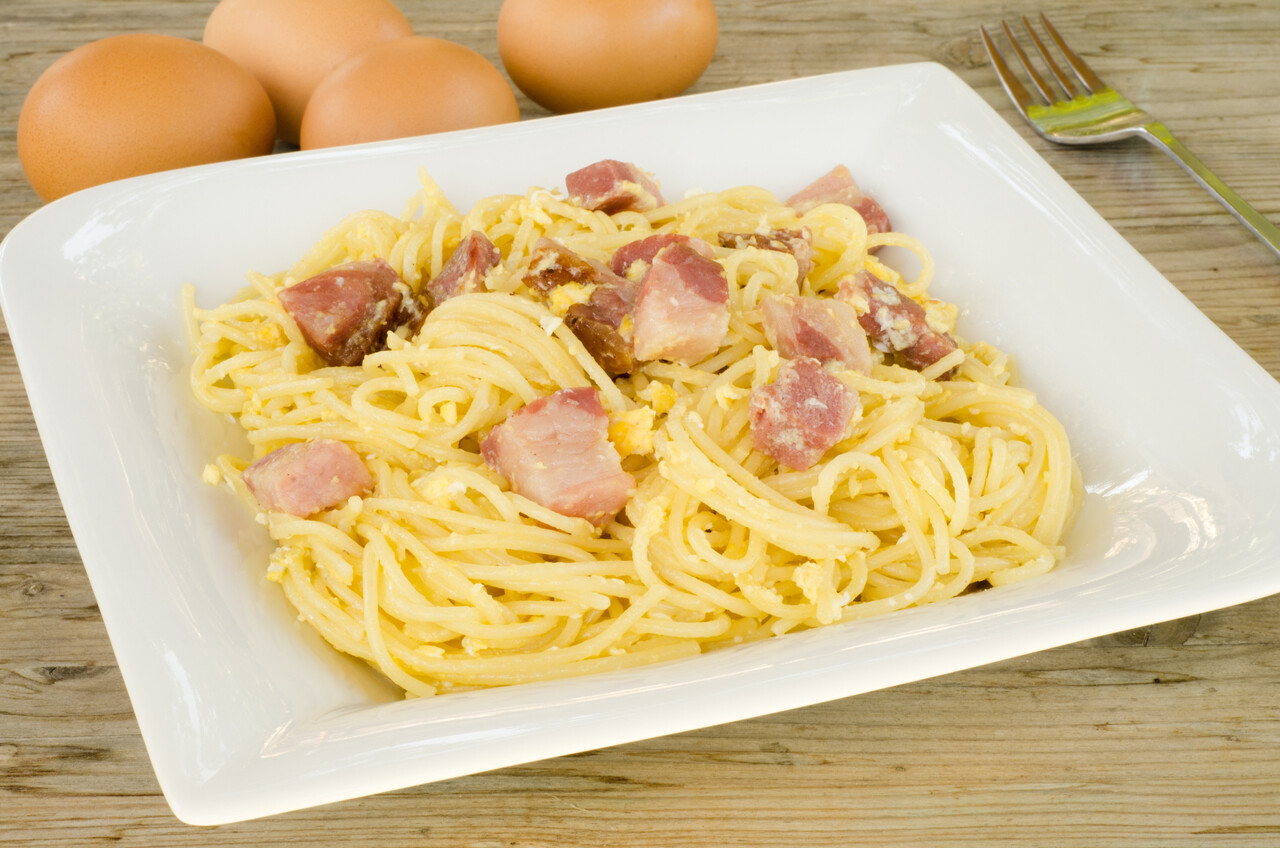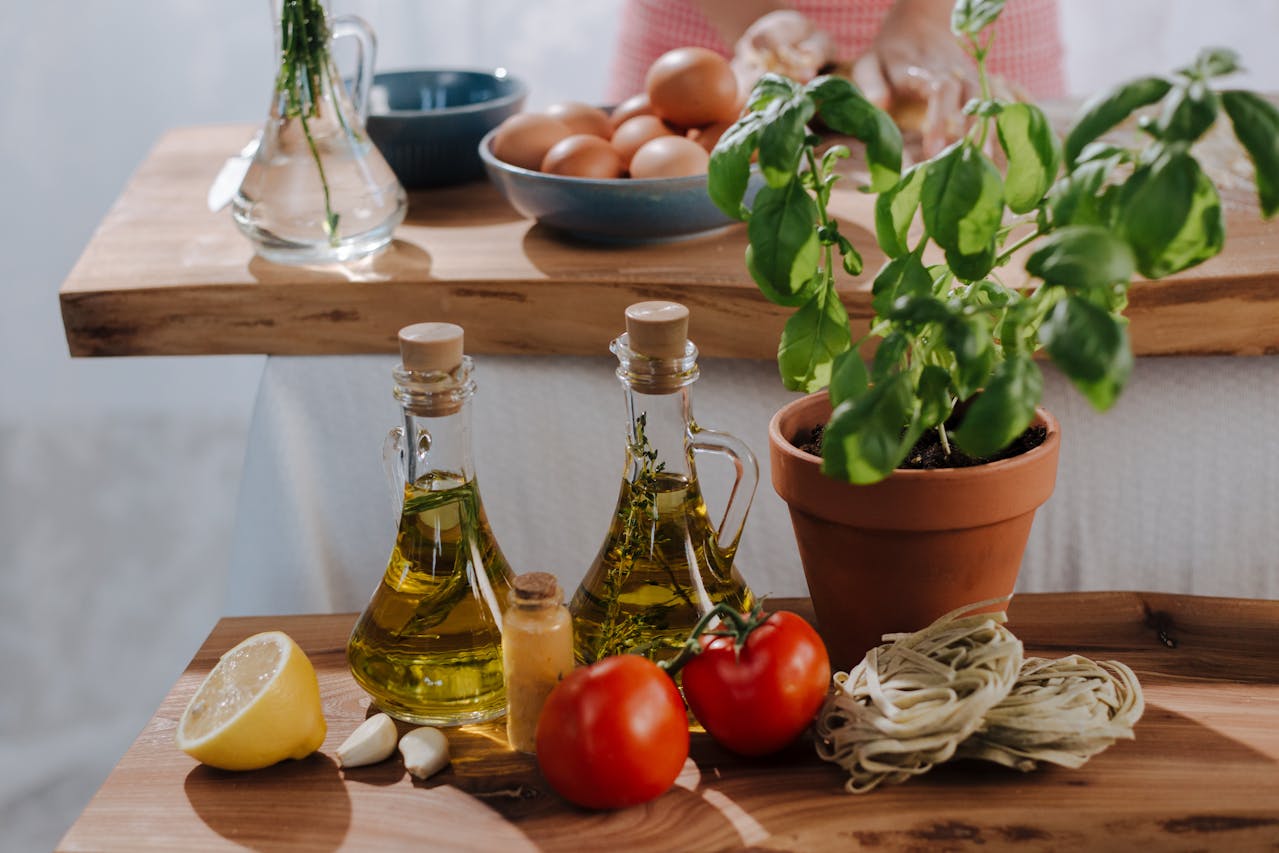How To Smoke Spare Ribs Like They Do In Texas
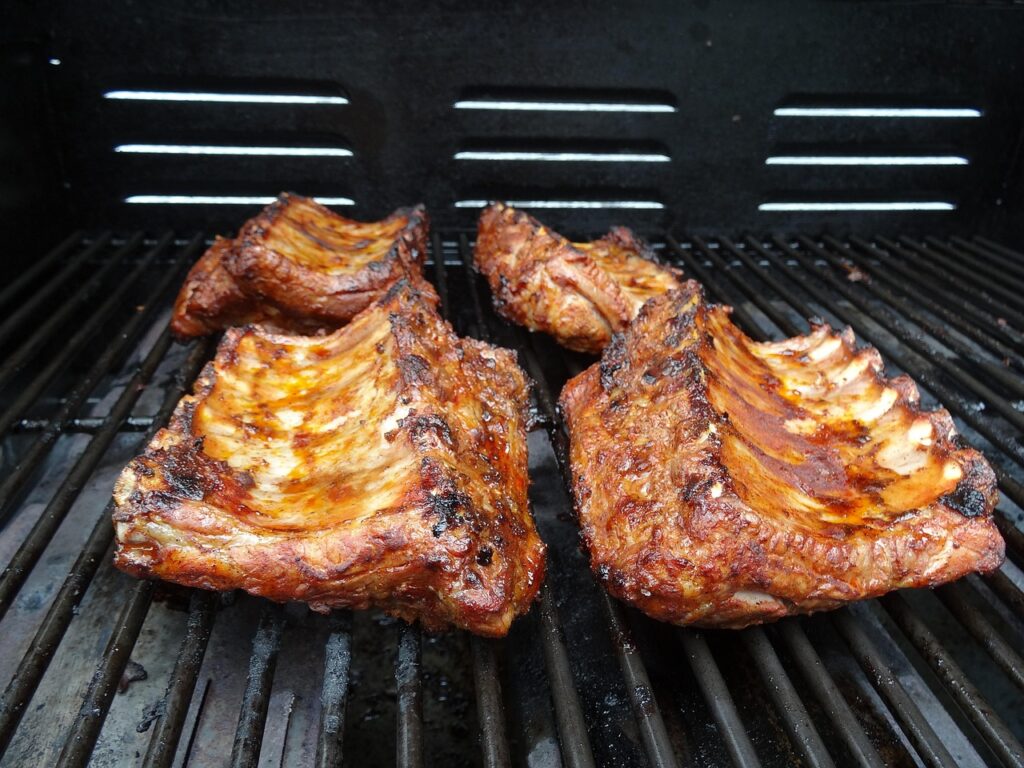
There’s barbecue, and then there’s Texas barbecue. The kind that smells like oak smoke, tastes like pure patience, and turns a humble rack of ribs into something unforgettable. Smoking spare ribs the Texas way isn’t about fancy gear or secret marinades; it’s about time, temperature, and respect for the meat.
The magic lies in simplicity. Pitmasters across Texas rely on a few key rules: use real wood, season with restraint, and let the smoke do the talking. Every decision, from trimming to wrapping, shapes how those ribs taste when you finally pull them from the pit.
This guide walks you through that process step by step, using lessons from the masters at places like Franklin Barbecue and Meat Church. By the end, you’ll know how to smoke ribs that hold their own anywhere in the Lone Star State.
Choosing and Prepping the Right Ribs
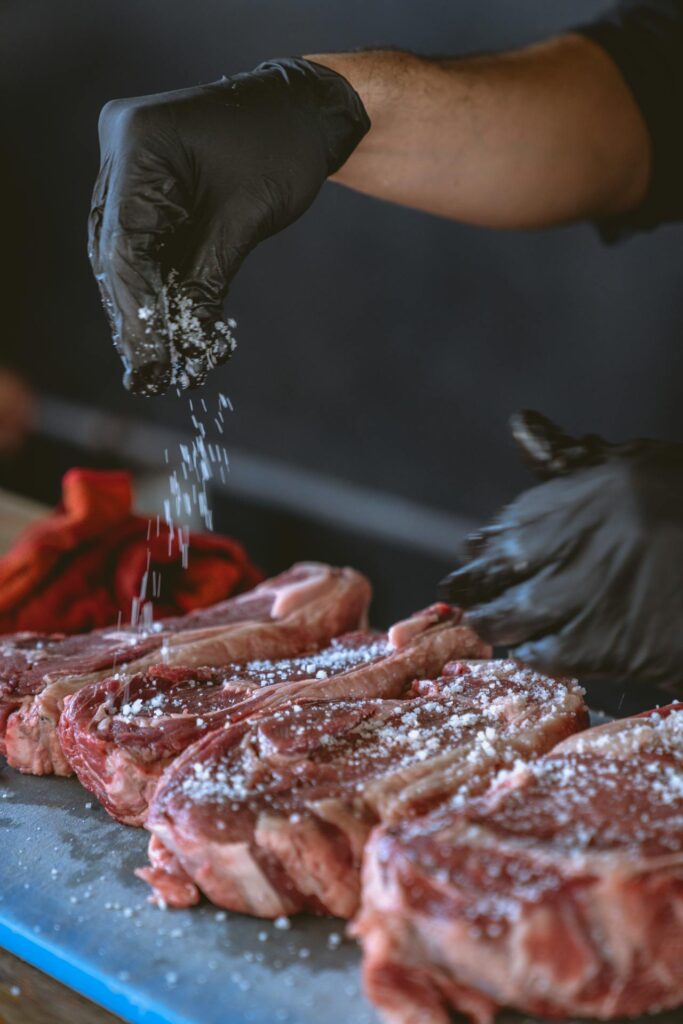
Great ribs start long before you light the fire. Choosing the right cut and preparing it properly sets up everything that follows. Texas pitmasters know that how you trim, season, and handle your ribs before the smoke makes or breaks the final result.
What Makes Spare Ribs “Texas-Style”
Texas pitmasters prefer spare ribs over baby backs because they’re meatier, fattier, and full of deep pork flavor. The extra fat renders slowly, keeping the ribs juicy while forming that classic mahogany bark. Look for slabs with even marbling and consistent thickness so they cook evenly from end to end.
Trim off the flap meat and silverskin to let the smoke penetrate better. Pit pros treat trimming as both prep and ritual; setting up clean lines helps you cook and present the ribs with precision later on.
The Simple Rub Philosophy
Forget complex spice mixes. Texas rubs usually come down to salt, pepper, and maybe a touch of paprika or garlic powder. The point isn’t to hide the meat’s flavor; it’s to bring it out. Apply the rub generously and let it rest for 20–30 minutes before smoking, so the seasoning begins to draw in moisture.
A light coating of mustard or oil helps the rub stick, but it won’t alter the flavor. What you’re building here is a base for that bark to develop a slow dance between heat, smoke, and rendered fat.
The Smoking Process: Low, Slow, and Steady
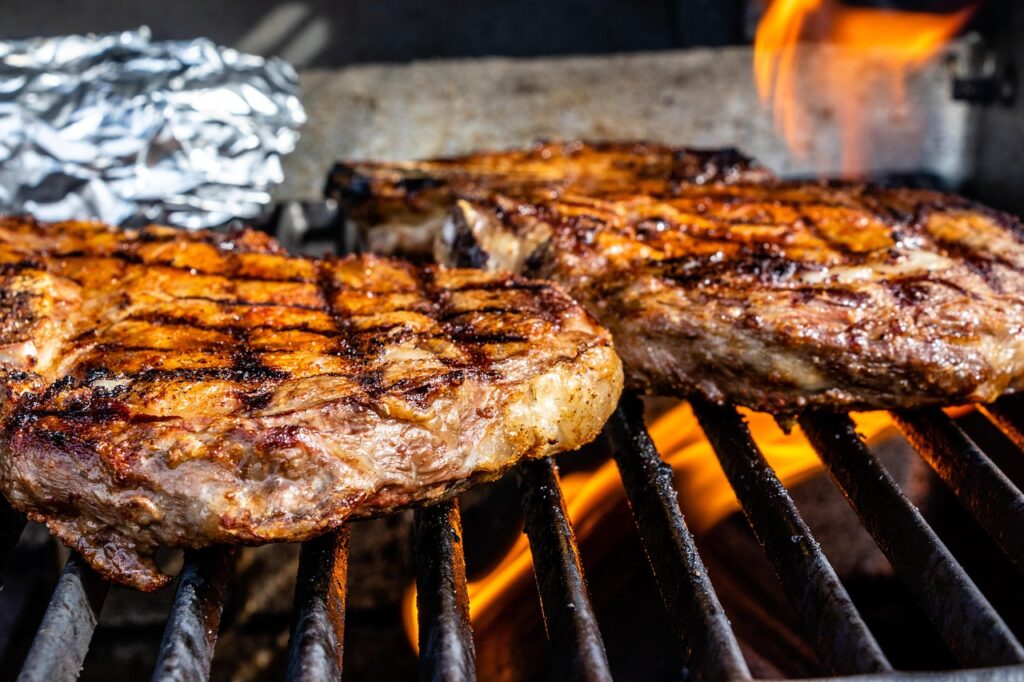
Here’s where patience becomes your main ingredient. The smoking stage is where Texas-style ribs earn their reputation through steady heat, clean smoke, and time. Managing your fire and knowing when to wrap are what separate decent ribs from unforgettable ones.
Setting Up the Smoker
Texas-style smoking relies on indirect heat, typically fueled by post oak or hickory. Aim for a consistent temperature around 250°F (121°C). The key is stability, fluctuations dry out the ribs or cause uneven cooking. Maintain a thin, blue smoke rather than thick white clouds, which can make the meat bitter.
Adding a water pan helps control humidity, preventing the ribs from drying as they smoke for five to six hours. Every pitmaster will tell you: patience here pays off in tenderness later.
The Wrap and Rest Technique
After about three hours, check the bark. When it’s firm but not burnt, it’s time to wrap. Use butcher paper instead of foil; it breathes, allowing smoke to continue flavoring while protecting the ribs from direct heat.
Wrap tightly and smoke for another two hours until the meat bends easily or a probe slides in with little resistance. Once off the smoker, let them rest for 30 minutes. This step locks in juices and ensures each bite has that melt-away texture Texas ribs are known for.
Finishing Touches and Serving Like a Pitmaster
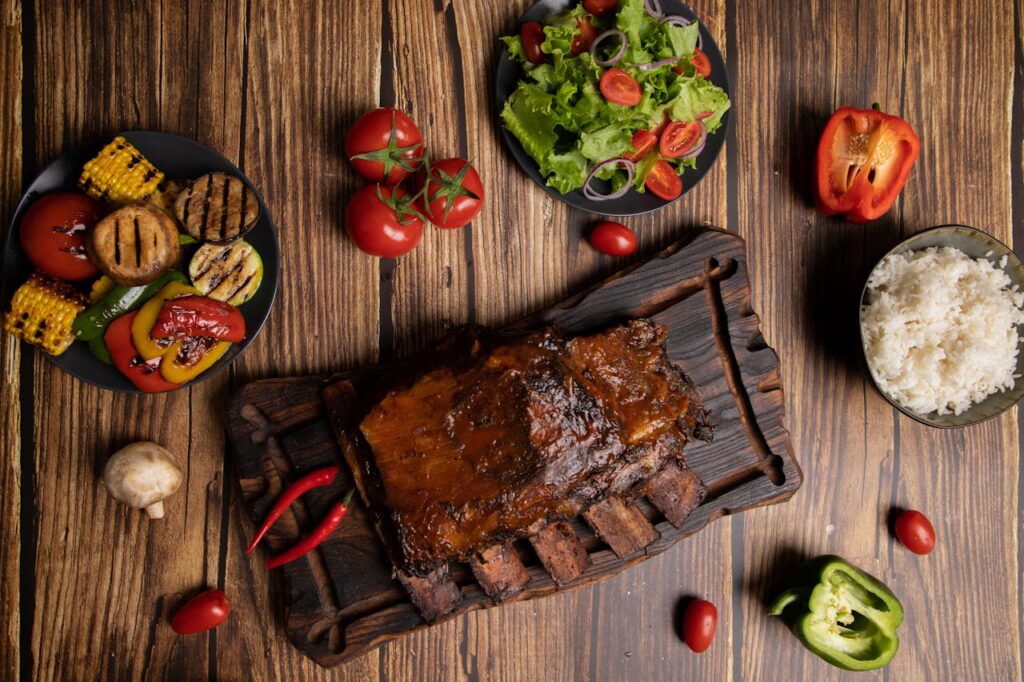
By the time your ribs are done, the smell alone will make it hard to wait. But presentation and finish matter as much as the cook. True Texas-style ribs aren’t drenched in sauce; they’re served with pride, a clean slice, and sides that don’t steal the show.
Glaze or No Glaze?
Traditional Texas ribs rarely get sauced. The bark should speak for itself. Still, a light brush of warm, thin sauce, vinegar-based or lightly sweet, can balance the salt and smoke if you prefer a bit of shine. Keep it subtle, not sticky.
The Proper Slice and Serve
Cut between the bones, following the natural curve. A sharp knife and steady hand keep the presentation clean. Serve simply: maybe a slice of white bread, pickles, and onions on the side. Texans don’t dress up ribs because the flavor stands tall on its own.
Serving immediately after slicing ensures the meat stays moist. Letting it sit too long in open air can cause the bark to soften, which is a small but costly loss of texture.
The Texas Way Is About Respect
Smoking spare ribs Texas-style is more than a recipe; it’s an approach to barbecue that values patience, precision, and humility. The process may stretch over hours, but every minute shapes the final bite. You don’t rush a rack of ribs in Texas; you earn it.
Whether you’re cooking in a backyard smoker or on a brick pit, what matters is that balance of heat, smoke, and care. That’s how you turn ribs into a story worth repeating and one that tastes like Texas.


